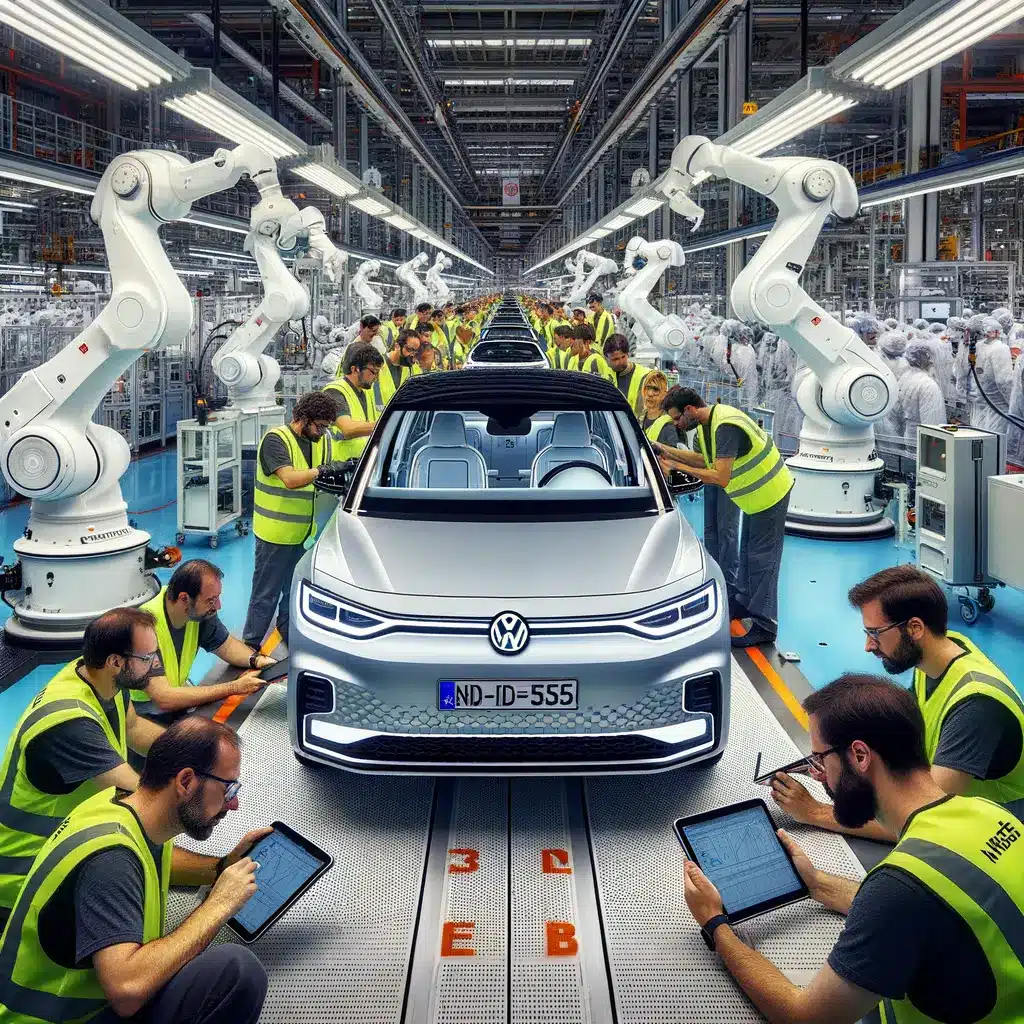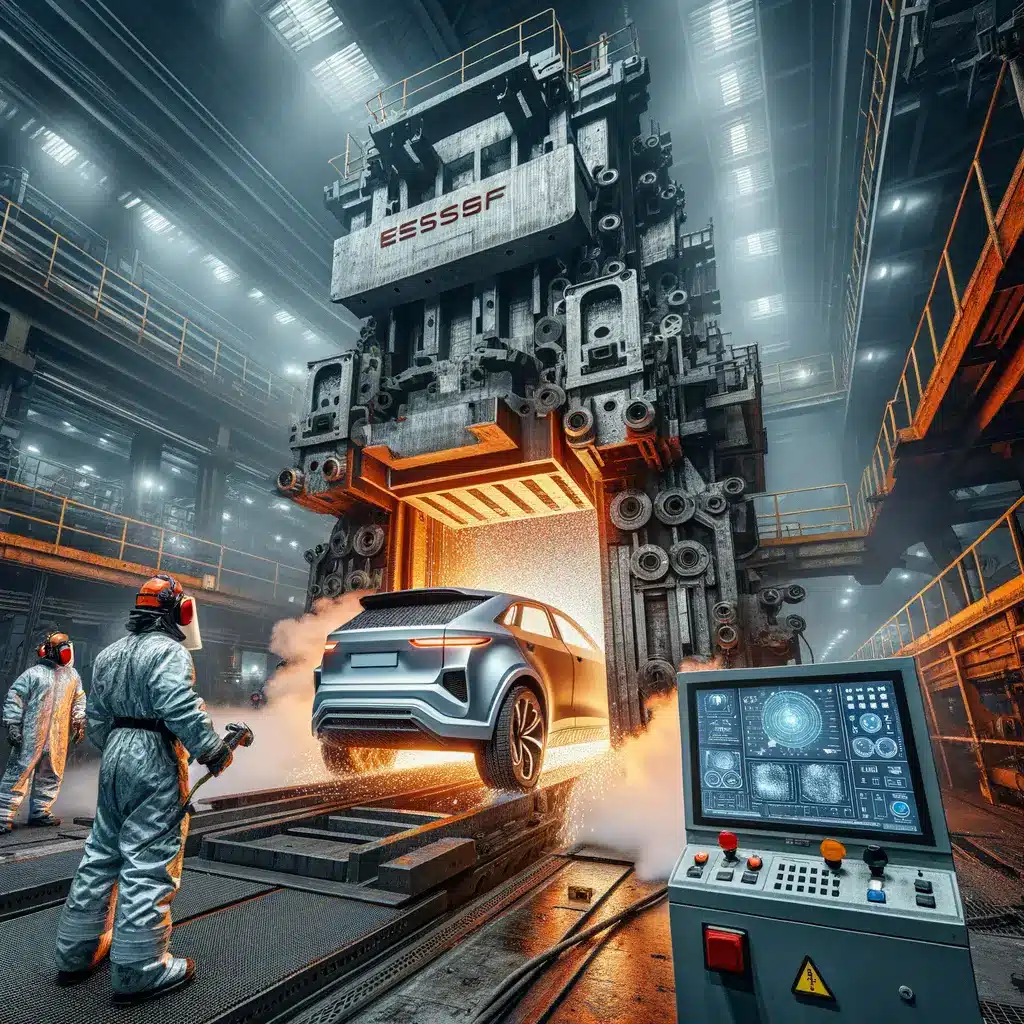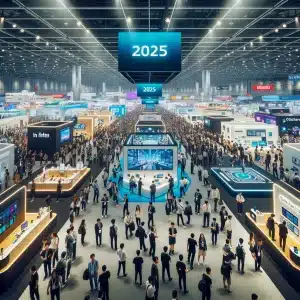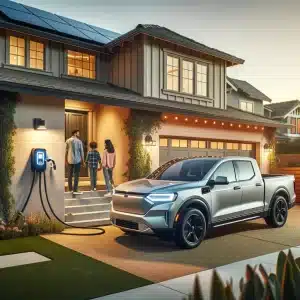Tesla Market Share Hits an Eight-Year Low
For the first time since October 2017, Tesla market share in the United States slipped below the 40 percent mark, according to fresh data from Cox Automotive. In August 2023, the brand captured just 38 percent of all battery-electric registrations—less than half the dominance it enjoyed at its 2018 peak. Several key factors converged to create this inflection point. First, legacy automakers such as Ford, Hyundai, and General Motors have finally reached meaningful production volumes, offering credible alternatives in every major price band. Second, federal tax incentives are now spread across a broader range of models, eroding Tesla’s historical pricing advantage. Third, aggressive price cuts aimed at clearing inventory have squeezed Tesla’s margins without materially boosting unit growth.
The decline in Tesla market share does not mean demand has collapsed—Tesla deliveries still rose three percent year-over-year—but it signals that the era of uncontested leadership is ending. Consumers have more choices, stronger dealer networks, and easier access to public charging than ever before. If the trend continues, we may see Tesla market share fall into the low-30 percent range by mid-2024. (For a deeper dive into policy headwinds, see our analysis of the Inflation Reduction Act’s EV credit rules.)

Five Forces Reshaping the EV Competitive Landscape
With Tesla market share under intensifying pressure, it’s worth unpacking the macro forces that are redistributing the sales pie.
1. Model Proliferation: The number of EV nameplates on sale in North America surged from 21 in 2020 to more than 50 in 2023, giving buyers unprecedented choice.
2. Battery Cost Parity: BloombergNEF estimates pack prices will dip below $100 kWh by 2025, letting challengers price aggressively while still turning a profit.
3. Charging Infrastructure: Shell Recharge and Electrify America added over 5,000 fast-charge stalls this year, chipping away at Tesla’s proprietary Supercharger advantage.
4. Software Updates: Over-the-air feature rollouts—once Tesla’s calling card—are now standard on Ford’s Power-Up and GM’s Ultifi platforms.
5. Fleet & Commercial Demand: Rivian, BrightDrop, and Stellantis are flooding last-mile fleets with purpose-built vans that never figured into Tesla’s lineup.
Taken together, these dynamics accelerate the diversification of electric vehicle market trends. Automakers that can bundle competitive range, software, and price stand to peel off incremental share points. As we discussed in our recent post on Ford’s F-150 Lightning production ramp, scale is the new moat in the EV era.

Volkswagen’s Affordable EV Offensive: ID Polo, ID Cross & More
Volkswagen Group is positioning itself as the people’s champion in the sub-€25,000 segment with a four-model urban EV family slated to launch next year. The flagship Volkswagen affordable EV duo—ID Polo and ID Cross—will ride on a front-wheel-drive version of the MEB Plus platform and be built in Spain for cost efficiency. Cupra’s Rebel and Škoda’s Epic variants add sporty tuning and unique styling cues, yet all share core components to maximize scale economies.
Range estimates hover around 420 km (260 miles) WLTP, aided by a lightweight interior that swaps chrome for recycled fabrics. VW claims the lineup can command 20 percent share of Europe’s small-car EV market by 2030, equating to several hundred-thousand units annually. Crucially, features once reserved for premium trims—hands-free lane-change, Phone-as-a-Key, and augmented-reality HUD—will ship standard or as low-cost options.
If Volkswagen executes on price and software quality, Tesla market share in Europe’s entry level could erode further, mirroring the U.S. trend. (Readers interested in VW’s software journey can check our review of the ID.4 over-the-air updates.)
Giga Casting Technology: Building Lighter, Cheaper EVs
Stamped-steel body panels are rapidly giving way to giga casting technology, where massive aluminum sections are produced in a single shot. Tesla pioneered this approach with 6,000- and 9,000-ton presses for the Model Y, and it now uses 16,000-ton machines for its Cybertruck underbody. General Motors calls its solution “mega castings,” Ford says “uni-cast,” and China’s Dongfeng is installing record-setting 17,636-ton presses capable of serving 600,000 vehicles a year.
The benefits are threefold:
• Weight Reduction: Consolidating 70+ stamped parts into one casting trims up to 60 kg, improving range or allowing a smaller battery.
• Lower CapEx: Fewer stamping dies and welding robots translate into millions in savings over a vehicle program.
• Tighter Tolerances: A single casting reduces stack-up errors, improving panel gaps and noise–vibration–harshness performance.
However, giga casting technology introduces challenges in repairability and recycling; a damaged rear casting could require a full replacement rather than a localized fix. Several insurers have already flagged higher potential write-off rates for minor collisions. Expect ongoing debate—as covered in our teardown of the Model Y rear cradle—over whether the manufacturing gains outweigh lifecycle service costs.

Sodium Ion Batteries Could Transform Cold-Weather EV Performance
While lithium-iron-phosphate cells dominate value-oriented EVs, CATL’s new sodium ion battery promises a breakthrough for drivers in northern climates. Unlike conventional chemistries, the sodium ion battery retains 90 percent of its energy at –40 °C, vastly outperforming LFP cells that can lose up to 40 percent capacity under the same conditions. Energy density clocks in at 175 Wh/kg—competitive with today’s entry-level packs—and cycle life tops 10,000 charges, making it suitable for ride-hailing and delivery fleets.
Sodium is abundant and inexpensive, mitigating supply-chain risks tied to lithium and cobalt. Early cost models suggest a 20 percent reduction in per-kilowatt-hour pricing once production scales in 2025. The chemistry’s tolerance for faster charging further complements giga casting technology by enabling smaller, lighter packs without sacrificing real-world range.
CATL begins mass production this December, and several Chinese automakers are rumored to adopt the cells in compact crossovers next year. If performance claims hold, the innovation could shift electric vehicle market trends in cold regions like Canada, Scandinavia, and the northern United States, further challenging Tesla market share among entry-level buyers who prioritize winter reliability.

What Today’s EV Market Trends Mean for Buyers and Investors
The convergence of sliding Tesla market share, a Volkswagen affordable EV blitz, giga casting technology, and sodium ion battery chemistry signals a maturing industry transitioning from early adopters to mass-market pragmatists. For consumers, this means more models under $30,000, better cold-weather performance, and rapid innovation cycles similar to smartphones. For suppliers, lightweight casting foundries and sodium-focused cathode producers represent fresh avenues for growth.
Investors should track three leading indicators:
• Price Elasticity: How far can OEMs cut sticker prices before margins erode?
• Technology Adoption Curves: Watch repair-industry sentiment toward giga cast structures and the real-world degradation rates of sodium ion packs.
• Charging Ecosystems: Universal adoption of NACS plugs by Ford, GM, and others could undercut one of Tesla’s last defensive moats.
In the next 24 months, electric vehicle market trends will hinge on whether new entrants can meet production targets and whether Tesla can counterpunch with refreshed products like the next-gen Model 3. One certainty remains: competition is accelerating, and Tesla market share will be won or lost on execution rather than brand mystique. (Explore our related piece on how over-the-air updates influence residual values for EVs.)





